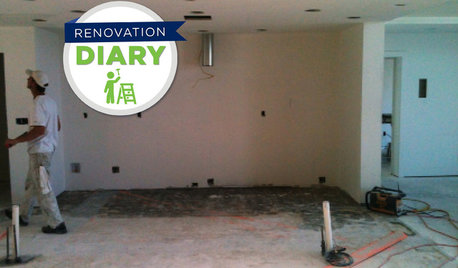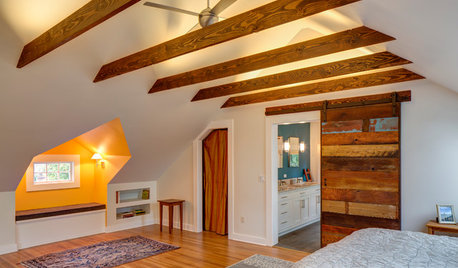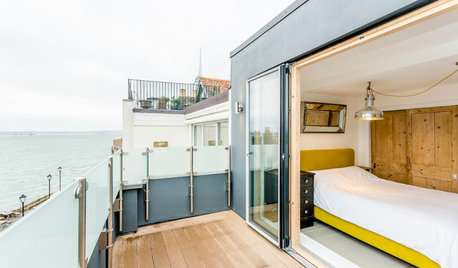Attic installation
lalithar
12 years ago
Featured Answer
Sort by:Oldest
Comments (6)
brickeyee
12 years agoRelated Professionals
Normal Kitchen & Bathroom Remodelers · Bloomingdale Kitchen & Bathroom Remodelers · Chester Kitchen & Bathroom Remodelers · Honolulu Kitchen & Bathroom Remodelers · Islip Kitchen & Bathroom Remodelers · Kuna Kitchen & Bathroom Remodelers · League City Kitchen & Bathroom Remodelers · Oklahoma City Kitchen & Bathroom Remodelers · Payson Kitchen & Bathroom Remodelers · Santa Fe Kitchen & Bathroom Remodelers · South Park Township Kitchen & Bathroom Remodelers · Sun Valley Kitchen & Bathroom Remodelers · Vancouver Kitchen & Bathroom Remodelers · South Jordan Kitchen & Bathroom Remodelers · Ridgefield Park Kitchen & Bathroom Remodelerslalithar
12 years agoionized_gw
12 years agobrickeyee
12 years agolazypup
12 years ago
Related Stories

GREAT HOME PROJECTSHow to Install Energy-Efficient Windows
Learn what Energy Star ratings mean, what special license your contractor should have, whether permits are required and more
Full Story
MATERIALSThe Most Popular Roofing Material is Affordable and Easy to Install
Asphalt shingles, the most widely used roof material in the U.S. are reliable and efficient, and may be right for you
Full Story
REMODELING GUIDESRanch House Remodel: Installing the Interior Finishes
Renovation Diary, Part 5: Check in on a Florida remodel as the bamboo flooring is laid, the bathroom tiles are set and more
Full Story
DOORS5 Questions to Ask Before Installing a Barn Door
Find out whether that barn door you love is the right solution for your space
Full Story
REMODELING GUIDESA Dark Atlanta Attic Welcomes a Light-Filled Bathroom
From architecturally quirky attic to sunny bathroom, this renovated space now has everything a growing family could need
Full Story
REMODELING GUIDESRoom of the Day: Storage Attic Now an Uplifting Master Suite
Tired of sharing a bathroom with their 2 teenage kids, this couple moves on up to a former attic space
Full Story
ATTICSRoom of the Day: A Bright Attic Conversion
Transforming the attic in this 17th-century house gained its owners a whole new outlook and the chance to switch decor styles
Full Story
MORE ROOMSLook Up: There May Be Living Room in the Attic
Turn that attic into a great new place for guests, work, kids — or just getting away from it all
Full Story
ATTICS14 Tips for Decorating an Attic — Awkward Spots and All
Turn design challenges into opportunities with our decorating ideas for attics with steep slopes, dim light and more
Full Story
ATTICS7 Tips to Convert Your Attic Into an Extra Living Room
If "Keep it down; I'm trying to read!" or fights over the remote are de rigueur, it might be time to turn your attic into a second hangout
Full Story








ionized_gw